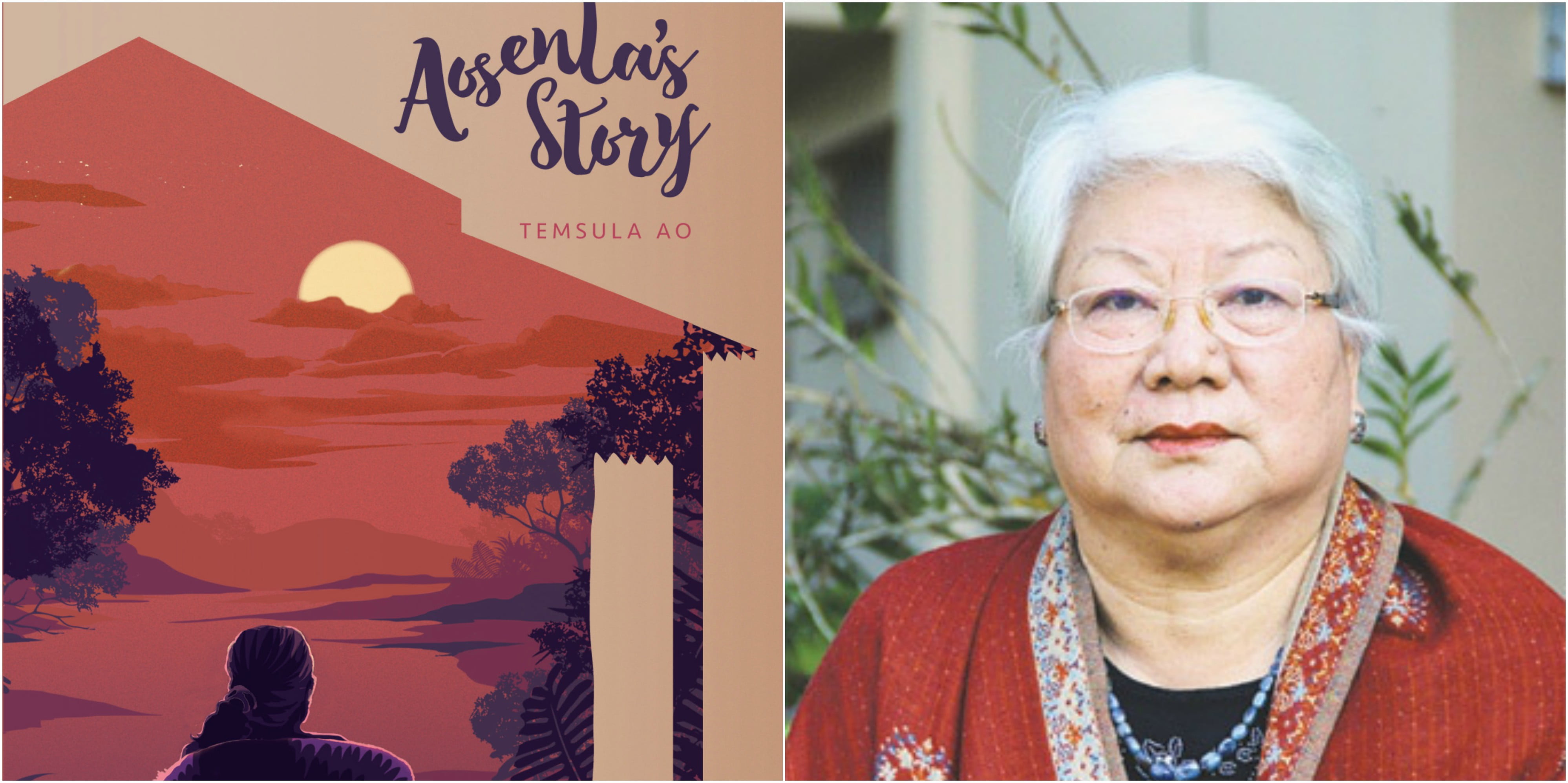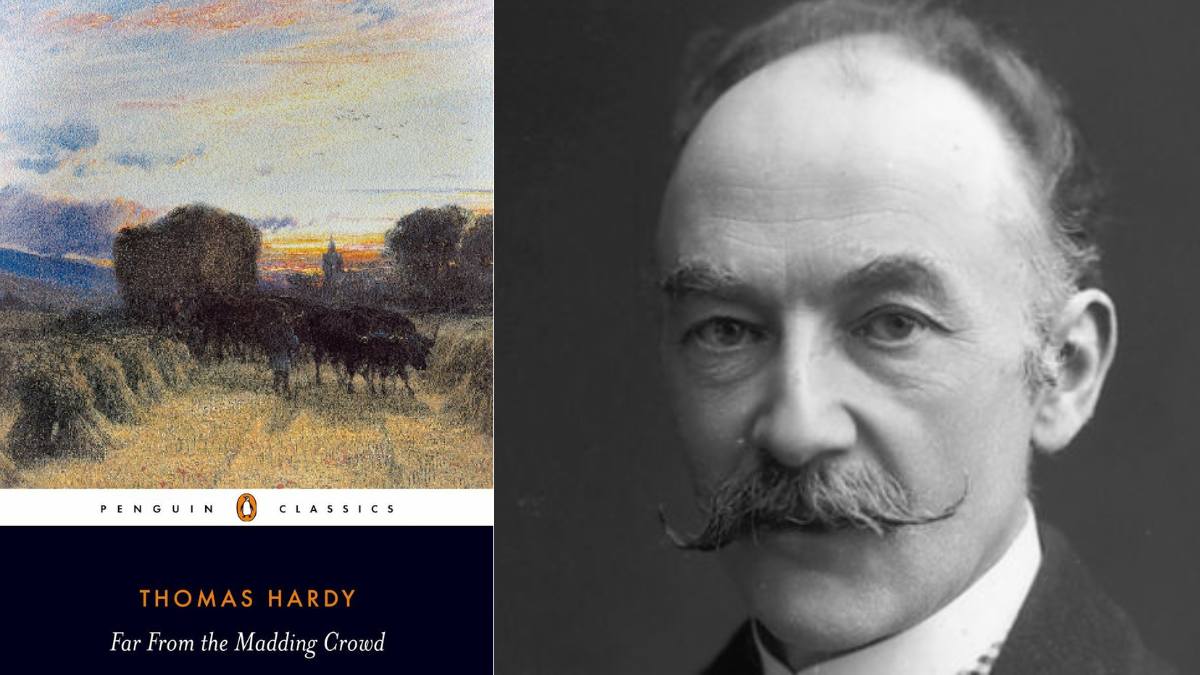Temsula Ao’s novel Aosenla’s Story, published by Zubaan, is a unique tale of subversion and reconciliation, which teaches us that coming to terms with oneself can happen in the most unexpected of places. With every turn of the page, Temsula Ao manages to keep us closely at the heels of protagonist Aosenla as we follow her on her journey of struggling with patriarchy, social taboos, cultural barriers, family problems, secrets and self-doubt.
Aosenla is a young, bright girl in Nagaland who loved going to college and ardently sought intellectual exposure. Her intellectual journey for self-fulfilment has to come to an abrupt end as her family, anxious to climb the social ladder, pressurise her into marrying an older man from an affluent family. Devoted to her studies, she fights back and tries to get out of this marital alliance, but is outnumbered by her family members who do not understand her.
What follows in Aosenla’s life is a turbulent journey of negotiating with a husband who is a womaniser with a penchant for alcohol, dominating in-laws, marital rape, familial neglect, adapting to alien social circles, the birth of her two daughters, scandalous family secrets that could destroy everything her family held dear, growing older, among others. All the while, she consistently keeps scrutinising herself, desperate to know who she is as a person. The process of her introspection completes itself, but she never seems to realise when.
Aosenla’s Story teaches us that coming to terms with oneself can happen in the most unexpected of places.
The plot structure of Aosenla’s Story is somewhat jarring. Temsula Ao abandons the temporal narrative and takes us back and forth through different points of time in Aosenla’s life. But one is left with a faint sense of irritation as vital plotlines are opened up and for a long time left open-ended. Many pages later do we find out what exactly happens to that particular sub-part of the story in a disappointingly passing mention. On the other hand, in certain parts of the narrative, certain pivotal points leading up to a crucial moment are stretched for far too long.
We stay with Aosenla throughout this journey. It feels as though we too are becoming more shrewd and growing older and wiser with her. We too are invested in her yearning to do some good in her own small world. The change in Aosenla’s nature is almost tangible in the story’s trajectory. In the beginning of the novel, the readers are introduced to a bright, young and exuberant girl. The middle and end of the story gradually carry us through her transformation with time and ultimately take us to an older woman who prioritises critical evaluations of circumstances over emotion and impulse.
Also Read: Book Excerpt: Aosenla’s Story By Temsula Ao
Aosenla’s Story may be fiction, but it touches upon themes that are not at all divorced from our realities. One’s heart breaks as Aosenla’s inherent loneliness becomes glaringly apparent and one is left desperately wishing that she find her a confidant of her own, in the place far from her childhood home, with a husband and in-laws who do not appreciate this remarkable woman for the longest time.
She has heartbreaks that need to be talked about and secrets that need to be shared. She does come close to forming a friendship with the family physician and the good Samaritan of the town, Dr Kilang. But social taboos do not permit her to form a consistent relationship with a man who is not a family member.
Aosenla’s Story examines various other themes with immense social relevance, such as child sexual abuse, teenage pregnancy and its conjunction with social norms and taboos, the power that gossips and secrets hold over us, domestic abuse, bullying, the pressures on a married woman to have a son and being neglected by one’s own family. Aosenla has to directly engage with these scenarios, sometimes through negotiations, sometimes giving in and in many cases, furiously fighting back.
Aosenla’s Story may be fiction, but it touches upon themes that are not at all divorced from our realities.
Asserting oneself and finding strength and power can sometimes occur in the strangest of places. Aosenla may have had a lot of unfortunate circumstances thrust upon her, but she was no hapless victim or a pious angel with a heart of gold. She learns to adapt, she learns how to be manipulative in certain cases and negotiating with each situation differently. She refuses to be bullied and strongly holds on to her sense of self, as much as her in-laws try to take that away from her. In time, the family, including her egoist and hypermasculine husband Bendang, come to acknowledge who she is as a person and even learn to admire her, albeit reluctantly.
When it comes to stories of struggling with patriarchy, Aosenla’s Story does not have the ending you would expect. I have to admit, I was hoping that she would take some radical step and walk away with her two daughters and leave that oppressive family behind. But that is not always a practical solution. One’s positionality, social environment and the aftermath of such a step has to be thought about. The readers do get a happy ending – among the obstacles that life has thrown at her and within the unexpected, Aosenla comes into her own.
Also Read: 9 Indian Women Authors To Look Forward To In 2018
Featured Image Credit: Zubaan Books and Dawn
About the author(s)
Friends with half the dogs in the city, can make a career out of procrastinating and when people engage in body shaming, am quick to remind them that I eat patriarchy for breakfast, lunch and dinner.




